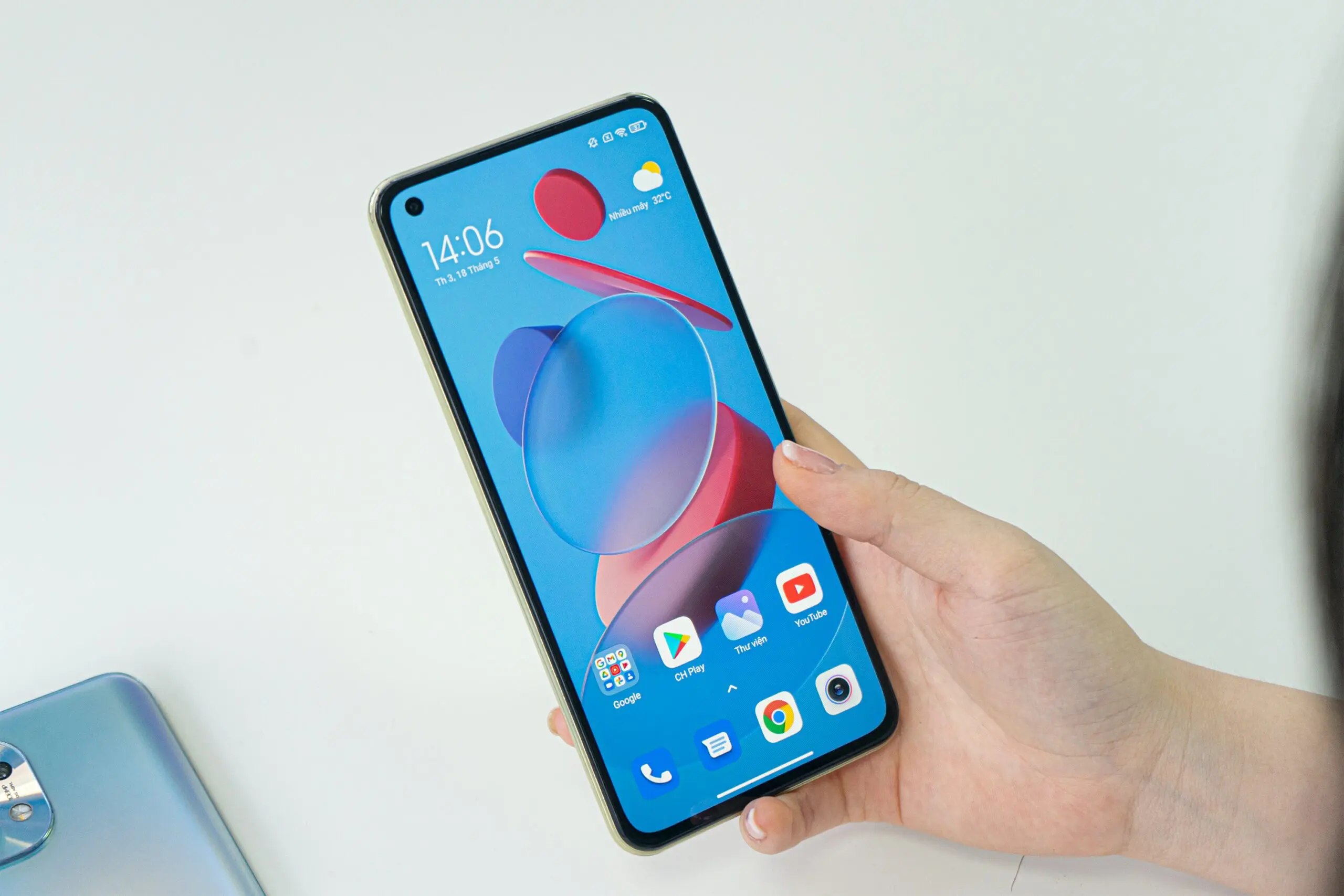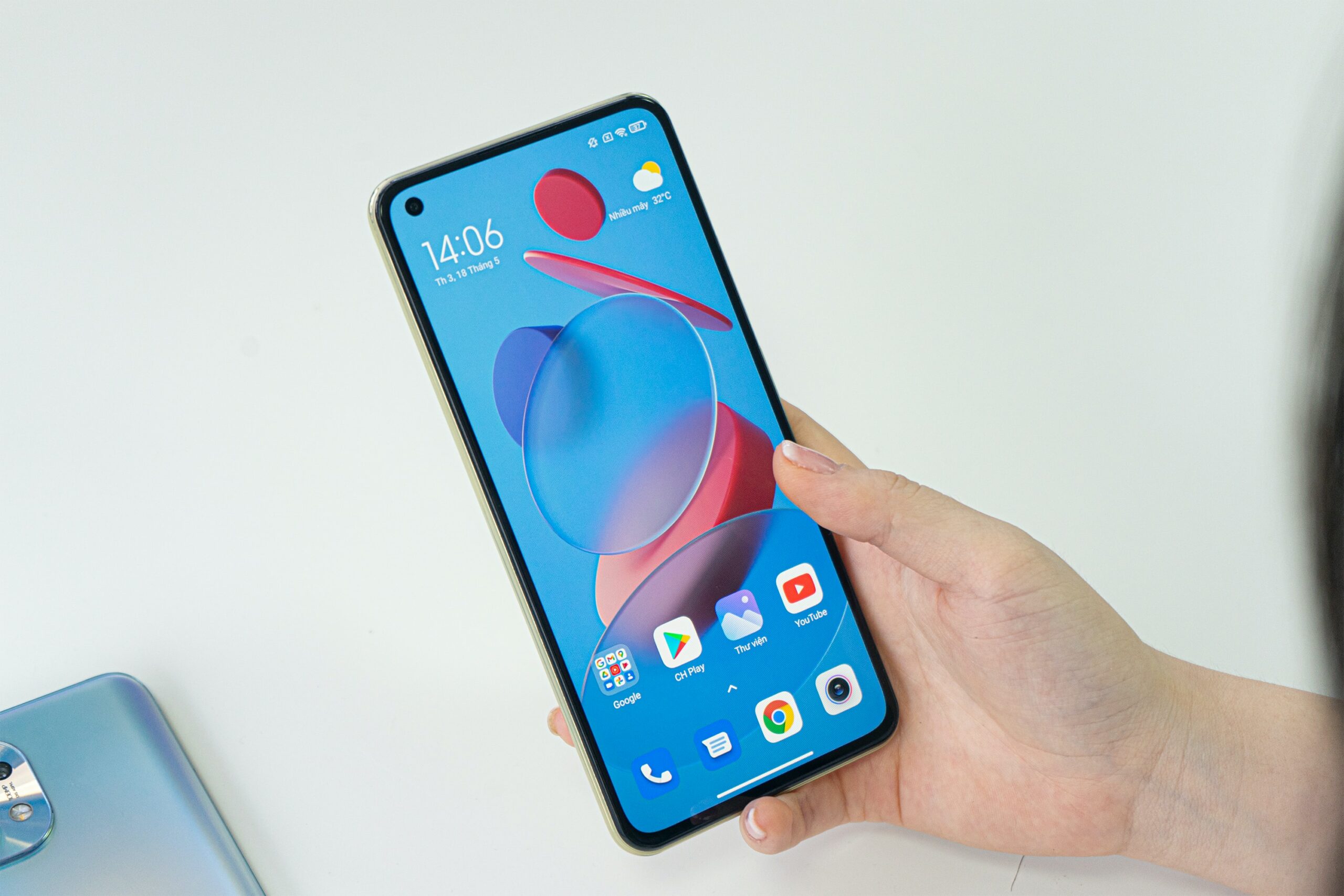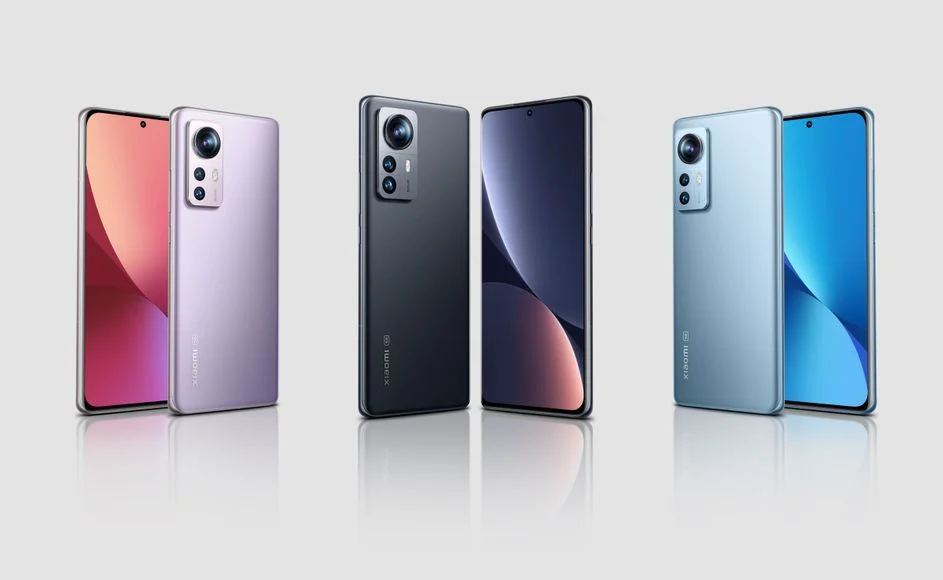
Xiaomi today released its first smartphone for 2016: the Redmi 3. The budget handset from the company packs in some impressive specs that was previously unheard of in a phone that costs just a wee bit more than $100.
Compared to its predecessor, the Redmi 3 is a huge upgrade in almost every way imaginable. If you are wondering what these upgrades and differences are, check out the long list below.
- All-metal construction with a new design (vs. a plastic body)
- The Redmi 3 packs in a larger 5-inch display compared to the 4.7-inch display found on the Redmi 2. The resoluton of the display, however, remains the same at 720p
- Qualcomm’s mid-range Snapdragon 616 chipset on the Redmi 3 is significantly faster and in a different league than the Snapdragon 410 chipset found on the Redmi 2
- Octa-core chipset with a mix of high and low-power consuming Cortex A53 cores
- Adreno 405 GPU
- 2GB RAM (twice as much as Redmi 2)
- 16GB storage (double the storage of Redmi 2)
- Hybrid Dual SIM (a downgrade from the dual SIM functionality found on Redmi 2)
- One micro + nanoSIM card slot
- You can either use two SIM cards or one SIM card and a microSD card at any given time
- 13MP camera with F/2.0 aperture (vs. 8MP with F/2.2 aperture on Redmi 2)
- Phase Detection Auto Focus
- 5MP front camera (up from 2MP)
- Redmi 3 comes with a 4100mAh battery, nearly double of Redmi 2’s 2200mAh removable battery
- Quick Charge 2.0 (faster than Quick Charge 1.0)
- MIUI 7
- Based on Android 5.1 Lollipop
The Redmi 3 is a major upgrade in almost every way compared to the Redmi 2. The all-metal construction handset, the Snapdragon 616 chipset and a 4100mAh battery are particularly noteworthy, since these features are usually found in smartphones that generally cost over $200.
What do you think about the Redmi 3? Will you be upgrading to it from a Redmi 2?



















